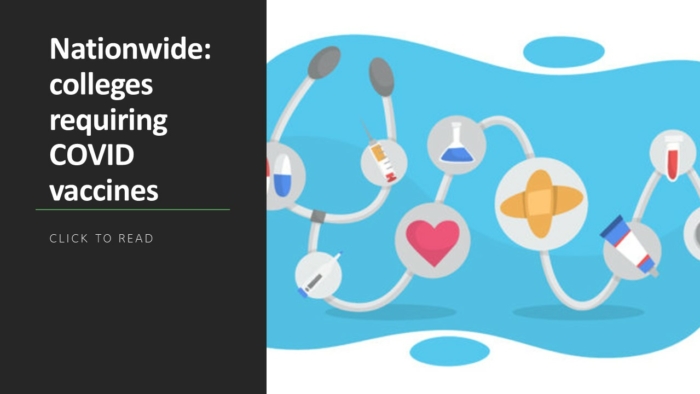Visitors to the University of the Sciences website Wednesday who hadn’t seen the news got a firsthand glimpse of their institution’s future in one swoop: Instead of traditional branding, a maroon banner with the name ‘Saint Joseph’s University’ appeared. The takeover was finally complete.
After nearly two years of painstaking work that started as an overture by the University of Sciences looking for a partner to continue learning for its students, Saint Joseph’s University cemented its merger by acquiring its programs while increasing its footprint to two campuses and boosting its endowment to $500 million. The historic deal gives St. Joe’s another location (called University City) just five miles from its Hawk Hill campus and importantly creates an expanded network of credentialed programs—especially those in health and sciences fields—for undergraduates, graduate students and adult learners.
“I’m proud that Saint Joseph’s is taking this bold step to provide access to in-demand health professions programs and to strengthen our university for generations to come,” said St. Joseph’s President Mark Reed. “These well-established programs in disciplines like physical therapy, occupational therapy, pharmacy and physician’s assistant allow us to meet market demand and position us for future growth in research, innovation and intellectual property development. Adding a second location, Saint Joseph’s takes its place in the heart of University City’s growing innovation district, offering on-campus state-of-the-art laboratories and brand-new recreation facilities.”
The combined campuses will give Saint Joe’s almost 9,000 total students and more than 400 full-time faculty, boosting its reach in the competitive Northeast/Mid-Atlantic region and the Philadelphia area. Though the process for finding the right institution began in the summer of 2020, the formal arrangement with Saint Joe’s didn’t happen until the middle of last year. Since then, both schools have undertaken navigating the complex fusion of all operations and financials. The Middle States Commission of Higher Education gave its blessing for the merger to go through this month. Now that the deal is done, the new work begins on the curricula that will be delivered.
“Through this combination, Saint Joseph’s will now be able to offer students more academic offerings than ever before,” said Provost Cheryl McConnell. “In just one year of integration planning, our academic leadership and faculty have been able to define an academic structure with two new schools, as well as the historic Philadelphia College of Pharmacy.”
Known for its business and education offerings as well as its sterling reputation for getting students into careers in their fields and helping them achieve high earnings, officials at St. Joe’s saw big value in being able to leverage the University of the Sciences’ reputation in health sciences. “When Saint Joseph’s was approached about this potential opportunity, we had long been eying the addition of more health and science programs for our students,” said Jim Norris, chair of St. Joseph’s Board of Trustees. “But what really made this merger special and successful is that we found a partner that is as focused on the student as we are here at St. Joe’s.”
More from UB: Reducing the risk of mergers, acquisitions and partnerships
According to Reed, the deal has attracted interest from other institutions looking to build their academic and structural footprints. Given the tenuous environment for smaller colleges struggling with enrollments and small endowments, others might be looking at the approach taken by the University of the Sciences—which was struggling financially—to salvage something for staff, faculty and students.
Colleges in the Northeast and New England, in particular, are facing tough decisions as they try to remain relevant and solvent during the pandemic.
- In Pennsylvania, the Middle States Commission in March OK’d a deal that is merging six state public universities to form two.
- The small Granite State College is close to being absorbed by the University of New Hampshire because of enrollment losses fueled by the pandemic.
- Other institutions in Vermont and Connecticut (where 12 community colleges have been approved to be combined as one entity) are all facing potential mergers.
- Last September, Northeastern University in Boston announced it was further expanding its global reach by taking over California-based Mills College in a fusion of two private institutions.
- Just over the past year, the University of Arizona took over Ashford University, Delaware State University acquired Wesley College, Willamette University took over Pacific Northwest College of Art, and the University of Nevada-Reno and Sierra Nevada University were combined.
Because of the increasing likelihood that more institutions will pursue merger possibilities, St. Joseph’s leaders said they will be holding a webinar in late June to discuss potential opportunities. Babson College President Stephen Spinelli Jr., who experienced a takeover by Thomas Jefferson University while president of Philadelphia University in 2019, will host the session.



